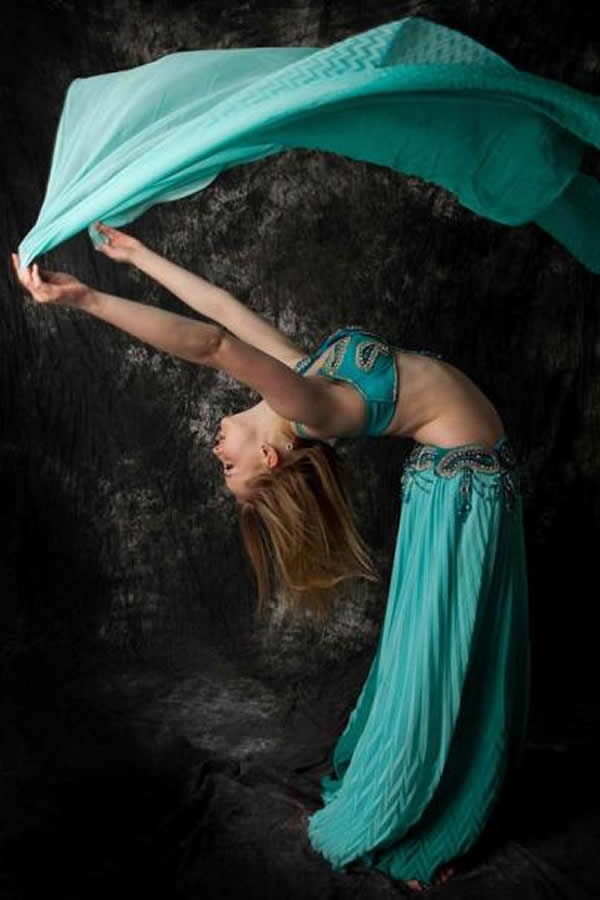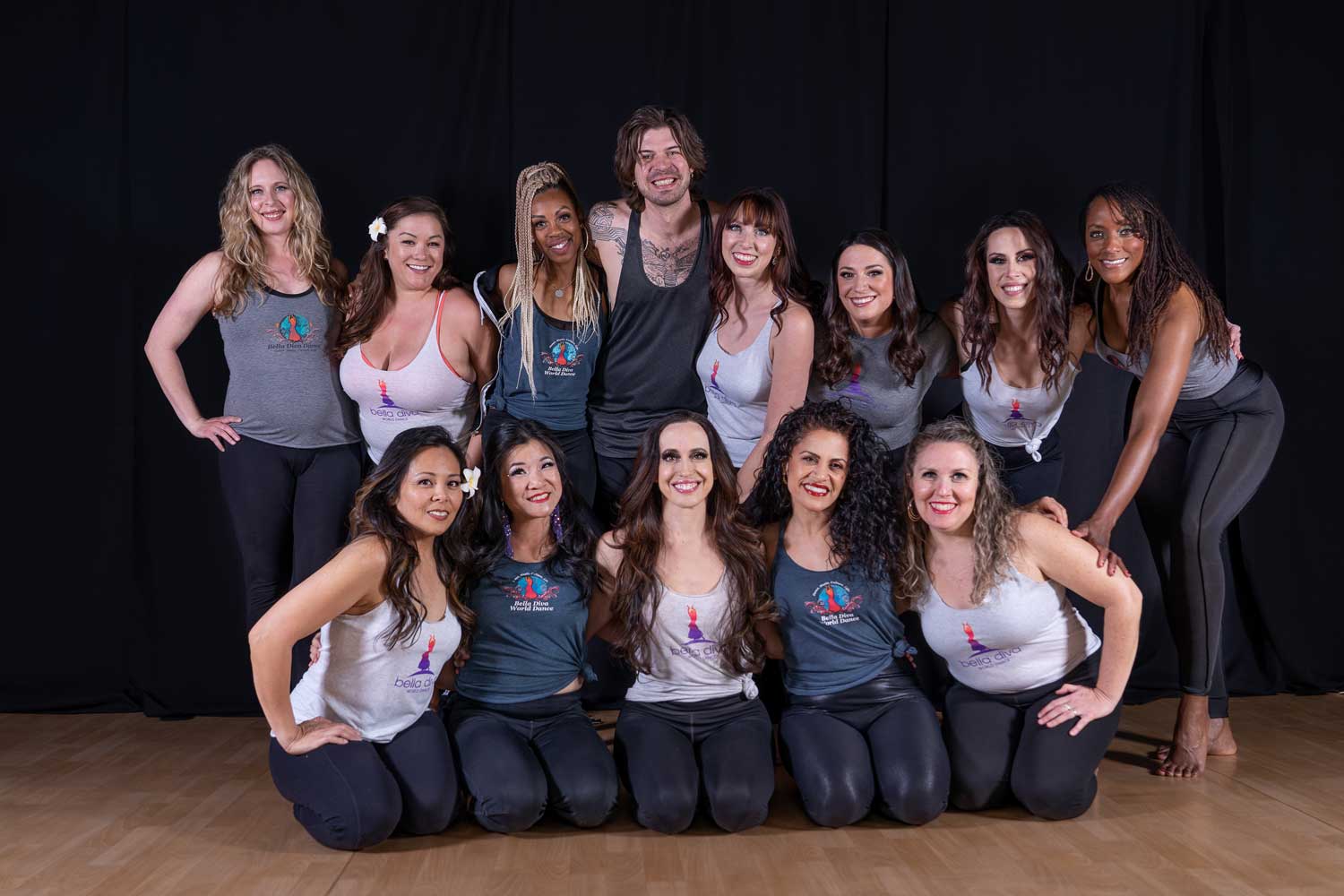
How to Start Doing Backbends?
For some it might seem simple, for others, a bit more complicated. Backbending is pretty much an art, and just like many other belly dance moves, it requires some skill. But, who doesn’t love a backbend as part of any belly dance routine? It’s one of those moves that raises the bar. So, if you’d like to start doing backbends, we’ve got some information you might find useful.
Types of Backbends
The two most common backbends used in belly dancing are:
Standing Backbend
The name gives it away. This backbend is done in a standing position and it’s also called a Turkish fold.
Kneeling Backbend
This type is most commonly seen in tribal fusion belly dance. It also starts in standing position, after which the dancer will drop to the knees and perform the backbend.
Preparing Your Body to Start Backbending
Most dancers want to jump straight into this movement from the first day, but it is important to ask yourself if your body is apt to do that movement. If you’ve had spinal surgery, have knee, ankle or foot problems, or could possibly be pregnant, it’s preferable that you stay away from this movement. Of course, feel free to check with a qualified health professional to determine whether or not you should attempt a backbend.
The number one thing you’ll need to perform this movement is flexibility. If you’re lacking a little in that area, it is time to start working on it, otherwise, that backbend might never come or it will arrive with an unwanted injury —and we don’t want that, do we?
You’ll need to condition your body, in order to safely perform this move. “So, what do I need to work on?” — you might ask. The answer is flexibility, control, and strength. It’s not just about learning how to arch your back. Your entire body needs to be prepared for it. The main muscles that will need some work are:
 Thigh muscles provide flexibility and strength which are essential for a safe backbend, they will stretch and support you as you bend back.
Thigh muscles provide flexibility and strength which are essential for a safe backbend, they will stretch and support you as you bend back.- Glutes provide stability and support to your lower back.
- Back muscles help you smoothly drop your body backward, so developing control and flexibility is important.
- Abs will bring you back up so, they too need to be strong.
- Pectoral muscles might seem odd, but a backbend starts with the upper body. If your pecs are stiff, you’ll find it very difficult to bend back.
- Hip flexors will tighten from spending so much time sitting down. Stretching them is necessary to lean back properly.
- Pelvic floor strength supports your back muscles.
One of the most fun parts of dancing is learning new skills. Don’t shy away from the ones you consider more complicated. Instead, learn more about it and embrace the challenge, but always put safety at the top of your list. At Bella Diva World Dance, our teachers will help you develop the skills you need to take your dance ability to the next level. Come dance with us!

